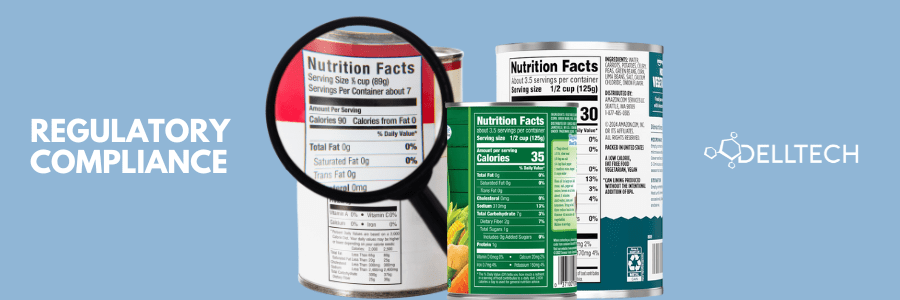By: Kirsten Alcock, Manager of Product Safety, email
“Can I use my European SDS in Canada?” is a very common question I have from my international clients. It depends. Canada has some unique requirements for Safety Data Sheet (SDS) authoring. Any product that requires an SDS in Canada must comply with Canadian regulations. European SDSs are very different from those in Canada. Not only is the template different, but the statements for the Globally Harmonized System (GHS) may vary as well. Europe has some unique statement requirements that one will not see on a Canadian SDS.
Below is a list of things you need to answer and comply with before sending your SDS to Canada:
- SDS for use in Canada MUST follow Schedule 1 of the Hazardous Products Regulations. This is STEP ONE. If the SDS format you are using in Europe does not have the same headings, the same subheadings, etc., then the answer is NO.
- Canada is currently following GHS Version 5 statements. These statements must be used on the SDS and label to be compliant.
- Canada also has additional hazard classifications for Physical Hazards Not Otherwise Classified (PHNOCS), Hazards Not Otherwise Classified (HHNOC), combustible dusts, simple asphyxiants, pyrophoric gases, and biohazardous infectious materials.
- European SDSs have H and P statement code requirements. These have not been adopted by Canada and should not appear on the SDS.
- For example: “H335 May cause respiratory irritation.” would simply be “May cause respiratory irritation” on the Canadian SDS and label rather than with the H code 335.
- Another thing to note is your French translation. Canadians use “Canadian French”. This is not the same as French in European countries and may cause confusion to our French speaking individuals within Canada.
- Is your European SDS including Occupational Exposure Limits for our Canadian provinces.
- Does your transportation section include the Transportation of Dangerous Goods that we follow here in Canada?
- Does your Regulatory section include our inventory lists: Domestic Substance List (DSL) or Non-Domestic Substance List (NDSL)? One is required to know this BEFORE importation of your product.
If you can answer YES to all of these questions, then you can proceed to use your European SDS in Canada. If not, you must create a product that meets Canadian regulations.
HOW DELL TECH CAN HELP:
- Create a Canadian compliant SDS and GHS Workplace Label in Canadian English/French.
- Help classify your product for transportation within our borders and include this within your SDS.
- Advise on chemical inventory requirements which includes indicating which chemicals are/are not listed on the DSL/NDSL before you import your product.
Contact:
Dell Tech
Kirsten Alcock, B.Sc. (Hons)
Manager, Product Safety Group
519-858-5074
kirsten@delltech.com





